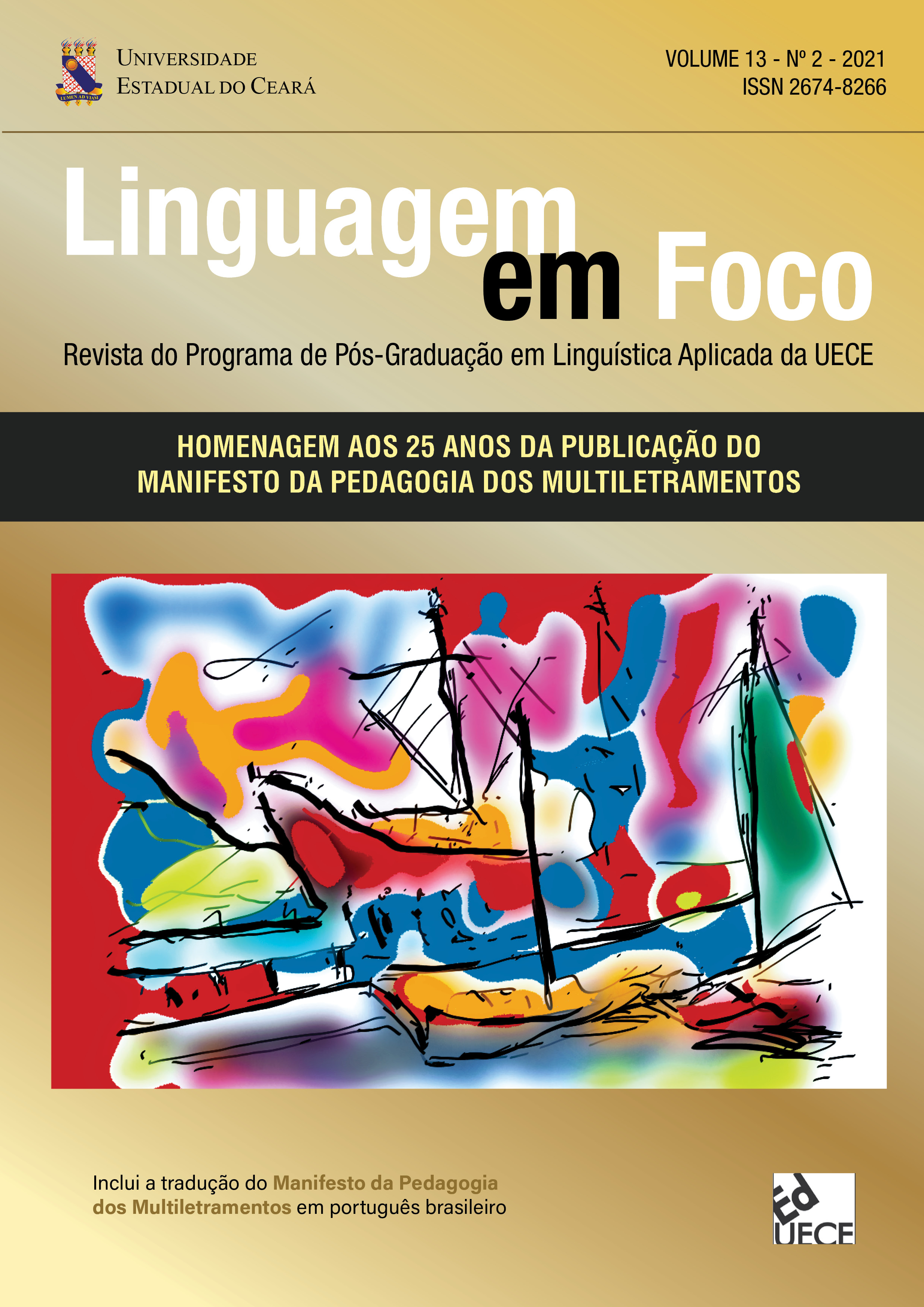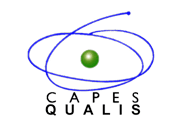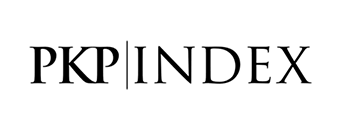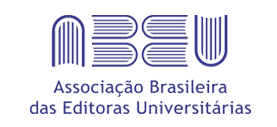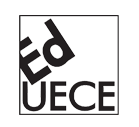Situating augmented reality in the 1996 Manifesto
DOI:
https://doi.org/10.46230/2674-8266-13-5599Keywords:
Manifesto, Augmented Reality, MultiliteraciesAbstract
The purpose of the essay is to situate augmented reality within the scope of the 1996 Manifesto, especially with regard to the pedagogy of multiliteracies. As part of Internet of Things concept, augmented reality has defined itself as a strong component of human-computer interaction. In this discussion, I address the possibilities of multiliteracy practices to account for the multiplicity of communications, channels and media without giving up critical engagement. I also discuss the roles to be played by teachers and students as active designers of social futures. In modern language classes, the idea of conducting virtual cultural visits in other countries may favor the exercise of social language practices, reflective practices and knowledge construction, i.e., access to humanity's cultural assets and the occupation of all spaces in society. In this sense, the movement towards (not so) new worlds – such as the immersive technology of augmented reality – can help us to redesign the daily practices of work, communication, shopping, health, among other others, which converge in the educational field.
Downloads
References
ASGHARI, P.; RAHMANI, M.; JAVADI, S. Internet of Things applications: A systematic review. Computer Networks, Terrão-Irã, v. 148, n. 1, p. 241-261, jan. 2019. Disponível em: https://www.sciencedirect.com/science/article/abs/pii/S1389128618305127. Acesso em: 10 maio 2021.
ATZORI, L.; IERA, A.; MORABITO, G. Understanding the Internet of Things: definition, potentials, and societal role of a fast-evolving paradigm. Ad Hoc Networks, Itália, v. 56, n. 1, p. 122-140, jan. 2017. Disponível em: https://www.sciencedirect.com/science/article/abs/pii/S1570870516303316. Acesso em: 13 maio 2021.
CETIC.BR. TIC EDUCAÇÃO 2020. Relatório. Disponível em: http://data.cetic.br/ cetic/explore?idPesquisa=TIC_EDU. Acesso em: 05 maio 2021.
EMICIDA: amar elo, é tudo pra ontem. Direção: Fred Ouro Preto: Laboratório Fantasma, 2020.
FREIRE, P. Pedagogia do Oprimido. São Paulo: Paz e Terra, 1968.
GEE, J. P. The anti-education era: creating smarter students through digital learning. New York: Palgrave/MacMillan, 2013.
GUÍA, Elena de la et al. Introducing IoT and Wearable Technologies into Task-Based Language Learning for Young Children. IEEE Transactions on Learning Technologies, v. 9, n. 4, p. 366-378, out./dez. 2016. Disponível em: https://ieeexplore.ieee.org/document/7460172. Acesso em: 26 abr. 2021.
KALANTZIS, M.; COPE, B. Literacies. Cambridge: Cambridge University Press, 2012.
KALANTZIS, M.; COPE, B.; PINHEIRO, P. Letramentos. Campinas: Unicamp, 2020.
MADEIRO, C. Corte de R$ 1 bi restringe assistência e extensão de universidades federais. UOL Educação. Disponível em: https://educacao.uol.com.br/noticias/2021/05/05/corte-de-r-1-bi-restringe-assistencia-e-extensao-de-universidades-federais.htm. Acesso em: 19 maio 2021.
NEW LONDON GROUP. Multiliteracies: Literacy learning and the design of social futures. London: Routledge, 1996.
PAIVA, V. L. M. O. Tecnologias digitais no ensino de línguas: passado, presente e futuro. Revista da ABRALIN, v. 18, n. 1, 2019.
PEDDIE, J. Augmented reality: where we will all live. Tiburon, USA: Springer, 2017.
PENNYCOOK, A. Critical and posthumanist applied linguistics. In: ZACCHI, V. J.; ROCHA, C. H. Diversidade e tecnologias no ensino de línguas. São Paulo: Blucher Open Access, 2020, p. 179-198.
SCHLINDWEIN, A. F. You tell stories, we click on them: ciberliteratura(s) e novas experiências na criação de histórias. 227f. Tese (Doutorado em Linguística Aplicada). Universidade Estadual de Campinas, Campinas, 2014.
SCHWARCZ, L. Entrevista [set. 2020]. Entrevista concedida a V. Magalhães, Y. Santos, P. Dória, P. Carvalho, F. S. Cardoso, A. F. Silva. São Paulo, TV Cultura, Programa Roda Viva. 2020. Disponível em: https://www.youtube.com/watch?v=eU_BxcEuXro Acesso em: 07 maio 2021.
SILVA, S. C. R.; SZESZ JUNIOR, A. Internet das coisas na educação: uma visão geral. Ensino de Ciências e Tecnologia em Revista, v. 2, n. 1, p. 57-69, jul./ago. 2018.
Published
How to Cite
Issue
Section
License
Copyright (c) 2021 Paulo Boa Sorte

This work is licensed under a Creative Commons Attribution 4.0 International License.
Authors who publish in Linguagem em Foco Scientific Journal agree to the following terms:
- Authors retain the copyright and grant the journal the right of first publication. The articles are simultaneously licensed under the Creative Commons Attribution License which allows sharing the work with an acknowledgement of its authorship and initial publication in this journal.
- The concepts issued in signed articles are the absolute and exclusive responsibility of their authors. Therefore, we request a Statement of Copyright, which must be submitted with the manuscript as a Supplementary Document.
- Authors are authorized to make the version of the text published in Linguagem em Foco Scientific Journal available in institutional repositories or other academic work distribution platforms (ex. ResearchGate, Academia.edu).

